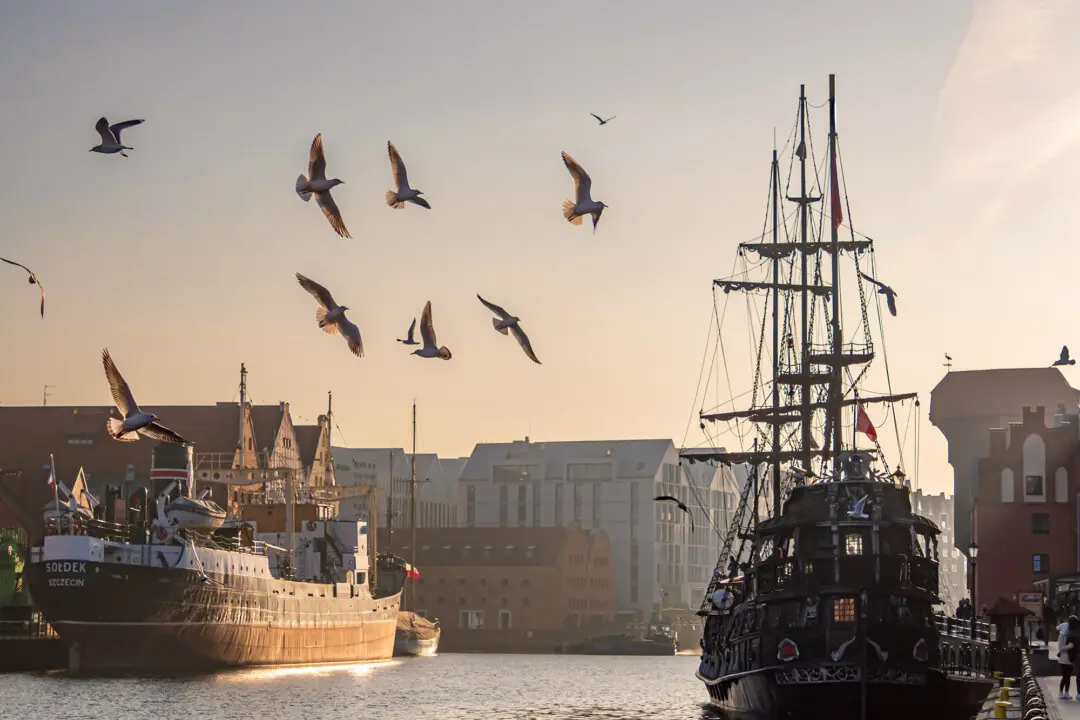It was once a renowned redoubt, built almost five centuries ago to protect Spanish assets in the New World. Rising on a steep promontory next to the water, this registered historic site is still formidable. Walls and turrets overlook San Juan Bay, with the fort’s cannons still fixed and ready to fire on an enemy target that may just sail by, at any time, down below.
Approaching it on foot from the old town, along a long, sloping path that cuts through a rolling patch of green, I could still feel its power.





